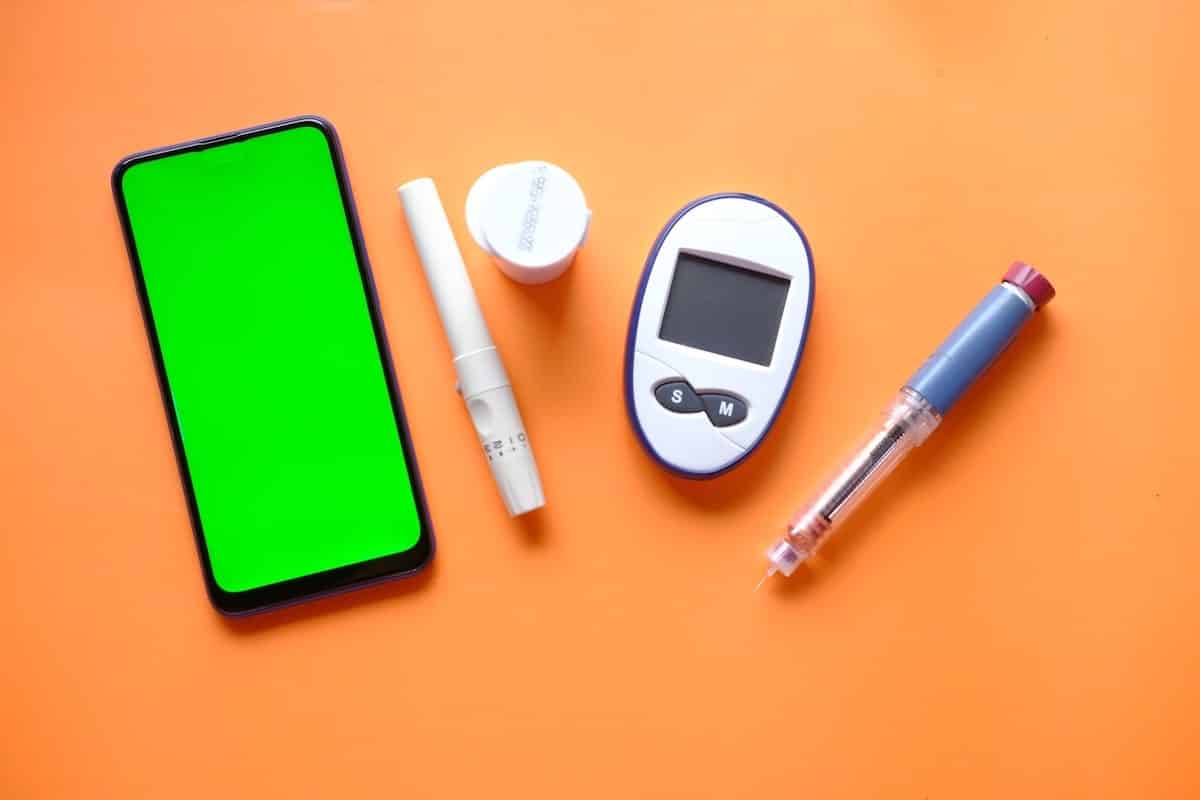Non-traditional therapies are treatments you would not generally find in typical healthcare centers or medical schools. Generally, non-traditional therapies are of two types. Firstly, complementary therapies that work in conjunction with conventional methods. Secondly, alternative therapies replace the traditional methods. A diabetic person can opt for other modes of treatment on expert advice. Below is a brief description of some non-traditional therapies for diabetes.
Should A Diabetic Go For Non-Traditional Therapies?
Controlling preliminary diabetes through diet is a common practice. But as the disease progresses, the patient needs to follow a strict drug protocol to monitor blood sugar levels. To avoid medication, the patients usually try non-traditional therapies. Some find them beneficial, others may not. These therapies lack enough scientific validation regarding their efficiency. That’s why you cannot label these as a sure-shot cure for diabetes. But there is no harm in trying a different approach. To avoid risks, the following categories of diabetic patients should seek advice from their doctor.
- Patients taking any kind of regular medicines
- Patients with other health conditions
- People who are about to or have recently undergone any surgical procedure
- Elderly people
- Children
- Pregnant or breastfeeding mothers
1. Chinese Herbal Therapy
Many present-day health practices have their roots in ancient Chinese medicine. Whether it is about herbs, meditation, or acupuncture, the western world is adopting Chinese modes of treatment. Who can conduct the therapy? Not a quack of course, but certified health professionals affiliated with RCHM (The Register of Chinese Herbal Medicine). The therapy involves the use of plant-based ingredients that are safe but not always safe for every diabetic. These herbs may bring about phenomenal body changes. These might help manage blood sugar levels but the picture for type2 diabetes is unclear.
2. Acupuncture
Acupuncture is a very popular mode of treatment linked with Chinese medicine. In diabetes, there is a high risk of nerve damage that can adversely impact your body parts; from the eyes to the feet. As a result, you feel constant pain and discomfort in your body. Instead of taking an extra dose of painkillers, acupuncture can help. The method involves inserting needles in specific body points. The action stimulates brain nerves to release certain chemicals to help with nerve pain in diabetics. The methods work for many but lack scholarly investigation.
3. Ayurveda
Ayurveda therapeutic medicine focuses on holistic health. It suggests strict dietary recommendations for diabetes such as eliminating sugar and consuming complex carbs. The therapy works at various levels; from using herbs, to metals and minerals. A person administering such therapies should be an expert in the field. Although natural but small inaccuracies could cause much harm to your body. Ayurveda offers a high success rate, but the scarcity of clinical trials is a point worth considering.
4. Relaxation Therapy With Guided Imagery
Stress either mild or severe worsens any ailment. Killing stress and relaxing your body is crucial. Relaxation is always a source of relief for your body and may help in diseases like diabetes. The guided imagery technique could arouse an optimistic state of mind in diabetics. They create a mental image reflecting what they can perceive of their illness. Therapists scrutinize their responses to make recommendations. However, its efficacy for the severe form of diabetes is questionable.
5. Biofeedback Therapy
Biofeedback therapy is a popular modality that focuses on the mind-body connection. How strong that connection is, directs your mind on how to respond to the disease. The therapy uses a device to record the temperature of skin and muscle contractions. Through these features, you can learn how to get control over your body. But, its direct benefits in controlling diabetes are not evident yet.
6. Pulsed Electromagnetic Field Therapy PEMF
Studies prove that PEMF therapy may reduce widespread diabetic neuropathy in diabetics. Patients usually suffer due to poor blood circulation and delayed wound healing. PEMF also helps in other diabetes-related conditions including inflammation, liver and pancreas issues, and insulin resistance. Unlike other non-traditional therapies, PEMF is easy to use and free of side effects. The therapy improves underlying damage caused by diabetes and improves overall health. However, the therapy is not an alternative to traditional treatments for diabetes.
If you want to take care of your diabetic body, visit healthylineoutlet to get the best therapeutic PEMF devices.
Conclusion
There are many unconventional ways of treating diabetes. However, you cannot solely rely on any of these as these lack a history of clinical trials.


